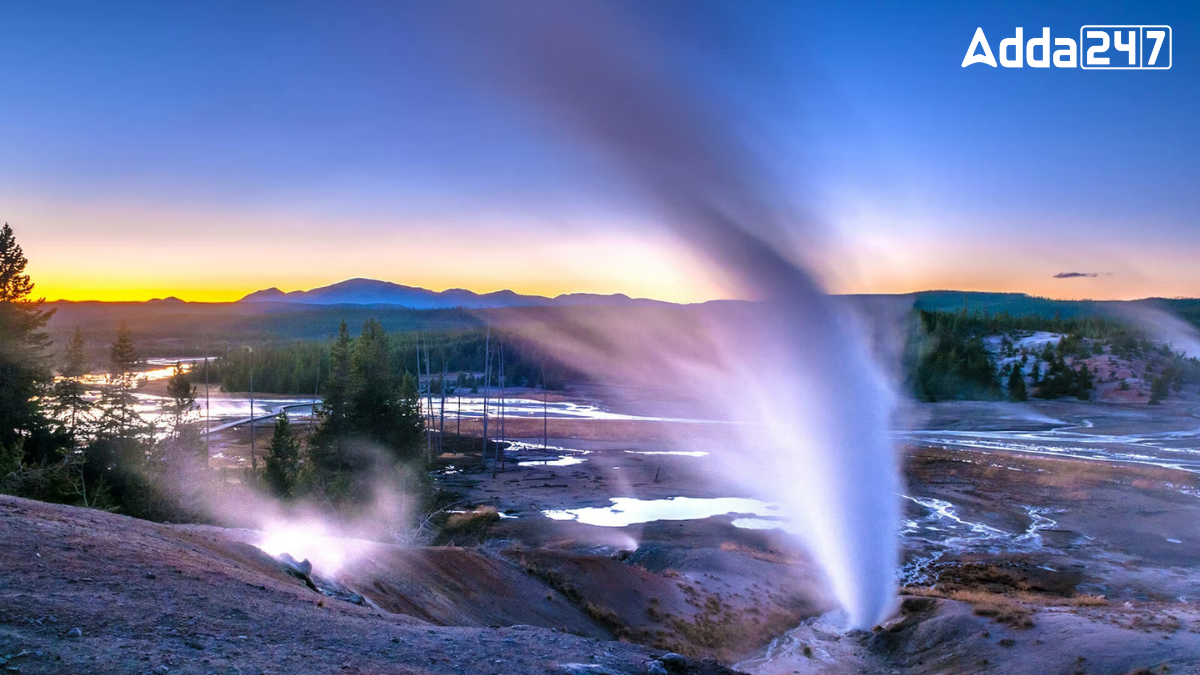National parks, designated to protect and preserve natural beauty and wildlife, began with Yellowstone National Park, established on March 1, 1872. Located primarily in Wyoming, with parts extending into Montana and Idaho, Yellowstone is celebrated as the world’s first national park, setting the stage for the global conservation movement.
First National Park of United States
Yellowstone National Park, spanning across Wyoming, Montana, and Idaho, was established on March 1, 1872. It is widely recognized as the United States’ first national park and is celebrated for its geothermal features, including the iconic Old Faithful geyser. Covering over 3,400 square miles, Yellowstone is a significant part of the Greater Yellowstone Ecosystem, renowned for its diverse wildlife and natural beauty.
Historical Significance of Yellowstone National Park
The name “Yellowstone” originates from the Yellowstone River, which was named “Roche Jaune” by French trappers. Native Americans have inhabited the region for at least 11,000 years. Organized exploration began in the late 1860s, with notable figures like John Colter and Ferdinand V. Hayden documenting the park’s unique features.
Park Creation
In 1871, Ferdinand V. Hayden’s geological survey, supported by extensive documentation including photographs and paintings, convinced Congress to establish Yellowstone as a national park. Signed into law by President Ulysses S. Grant, this act marked the beginning of the national park system.
Geological Features of Yellowstone Park
Yellowstone is located over the Yellowstone Caldera, the largest supervolcano in North America. The park boasts more than half of the world’s geysers and hydrothermal features, which are a result of ongoing volcanic activity. Its diverse landscapes include lakes, rivers, and mountain ranges.
First National Park of US – Flora and Fauna
The park is home to a wide array of species, including grizzly bears, wolves, and the largest public herd of bison in the U.S. It supports over 69,000 plant species and a variety of rare and endemic plants. Notably, its microbial mats and thermophiles are of significant scientific interest.
Conservation and Management of Yellowstone Park
Initially managed by the U.S. Department of the Interior, the park’s administration was later transferred to the U.S. Army and eventually to the National Park Service in 1917. Conservation efforts include managing wildlife populations, protecting native species, and addressing challenges posed by non-native plants.




 Which Country is Known as the Land of Ch...
Which Country is Known as the Land of Ch...
 Which Bird is known as the King of Birds...
Which Bird is known as the King of Birds...
 Which City of Austria is Known as the Ci...
Which City of Austria is Known as the Ci...







